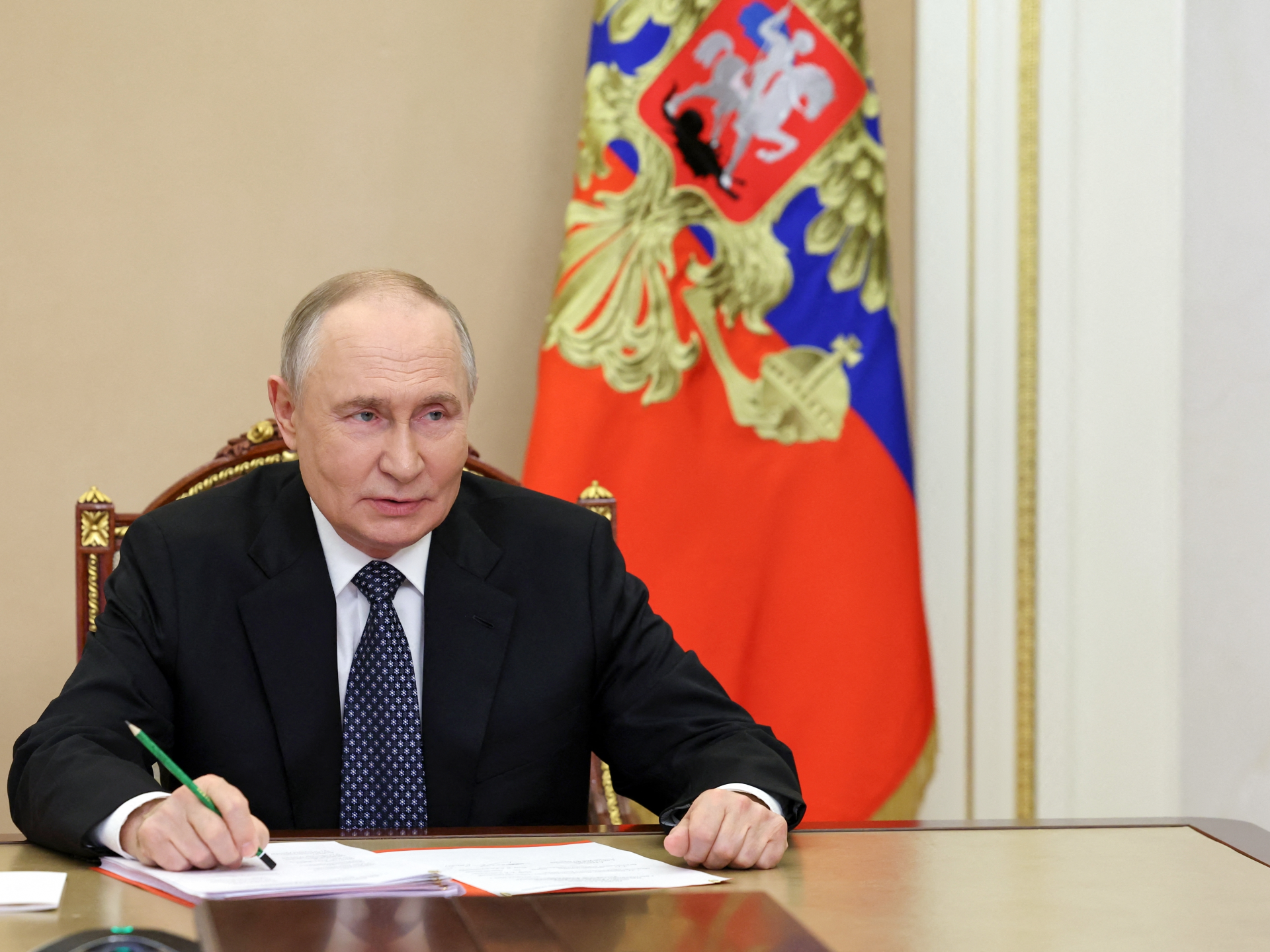Putin orders roadmap for Russian rare earths extraction by December | Mining News
Russia has reserves of 15 rare-earth metals totalling 28.7 million tonnes, according to the Natural Resources Ministry.
Published On 4 Nov 2025
Russian President Vladimir Putin has ordered his cabinet to draw up a roadmap for the extraction of rare-earth minerals by December 1, as global interest in the metals heightens due to their use in modern technologies and a desire to reduce reliance on the Chinese-dominated market.
In a list of tasks for ministers published on the Kremlin website, Putin on Tuesday also ordered the cabinet to take measures to develop transport links at Russia’s borders with China and North Korea.
Recommended Stories
list of 3 itemsend of list
Rare earths – used in smartphones, electric vehicles and weapons systems – have taken on vital strategic importance in international trade.
In April, United States President Donald Trump signed a deal with Ukrainian President Volodymyr Zelenskyy that will give the US preferential access to new Ukrainian minerals deals and fund investment in the country’s reconstruction.
Russia says it is also interested in partnering with the US on rare-earth projects.
In March, Putin’s investment envoy – Kirill Dmitriev – claimed that Russia and the US had started talks on rare-earth metals projects in Russia, and that some US companies had expressed an interest in them. However, prospects between the US and Russia have been held up by a lack of progress towards ending Russia’s war in Ukraine.
China, the dominant producer of rare earths, has hit back at US tariffs this year by placing restrictions on rare earths exports. Its almost total global control has focused Washington’s attention on developing its own supplies.
Putin’s order – a summary of action points from a Far Eastern Economic Forum he attended in Vladivostok in September – did not go into detail about Russia’s rare earths plan.
The US Geological Survey estimates Russia’s reserves of rare earth metals at 3.8 million tonnes, but Moscow has far higher estimates.
According to the Natural Resources Ministry, Russia has reserves of 15 rare-earth metals totalling 28.7 million tonnes, as of January 2023.
But even accounting for this possible margin of error, Russia still only accounts for a tiny fraction of global stockpiles.
Among other points, Putin also instructed the government to develop “multimodal transport and logistics centres” on the Chinese and North Korean borders.
Putin said the locations should include two existing railway bridges linking Russia and China and a planned new bridge to North Korea, which he said must be commissioned in 2026.
Both of Russia’s far eastern neighbours have deepened economic ties with Moscow since Western countries imposed sanctions on it over its war in Ukraine.
